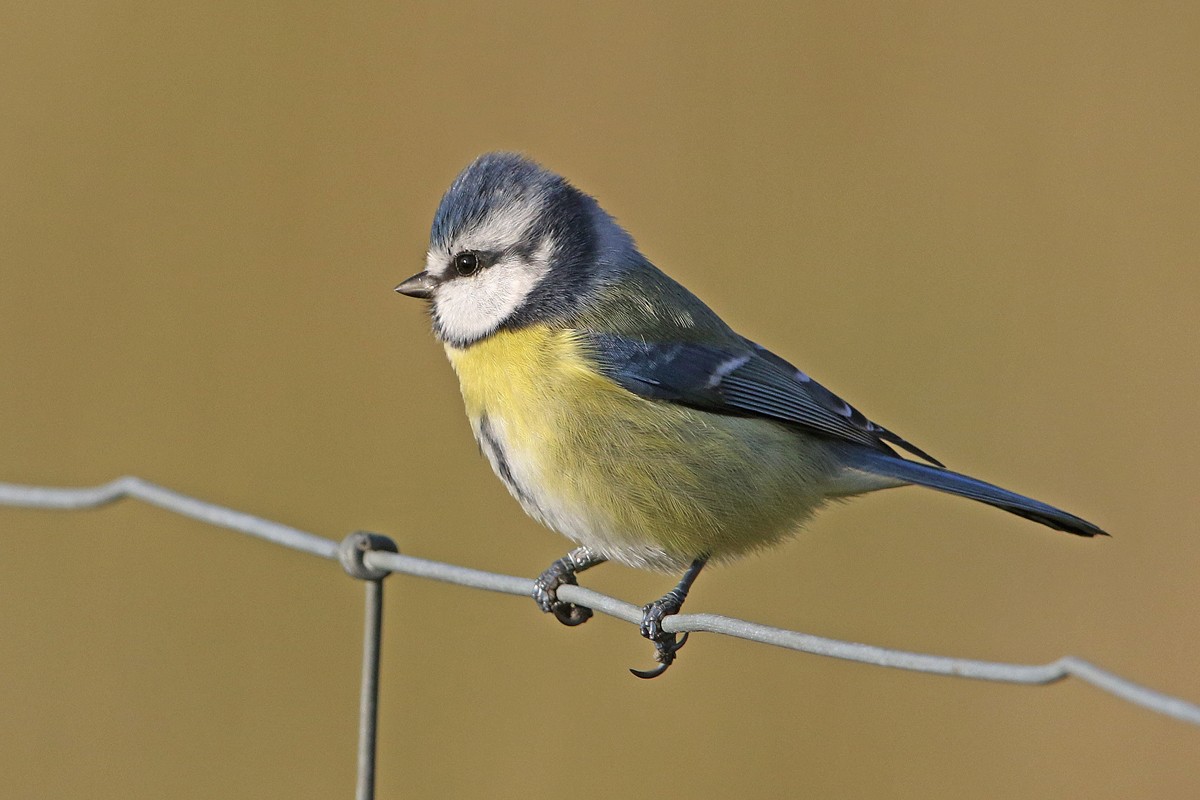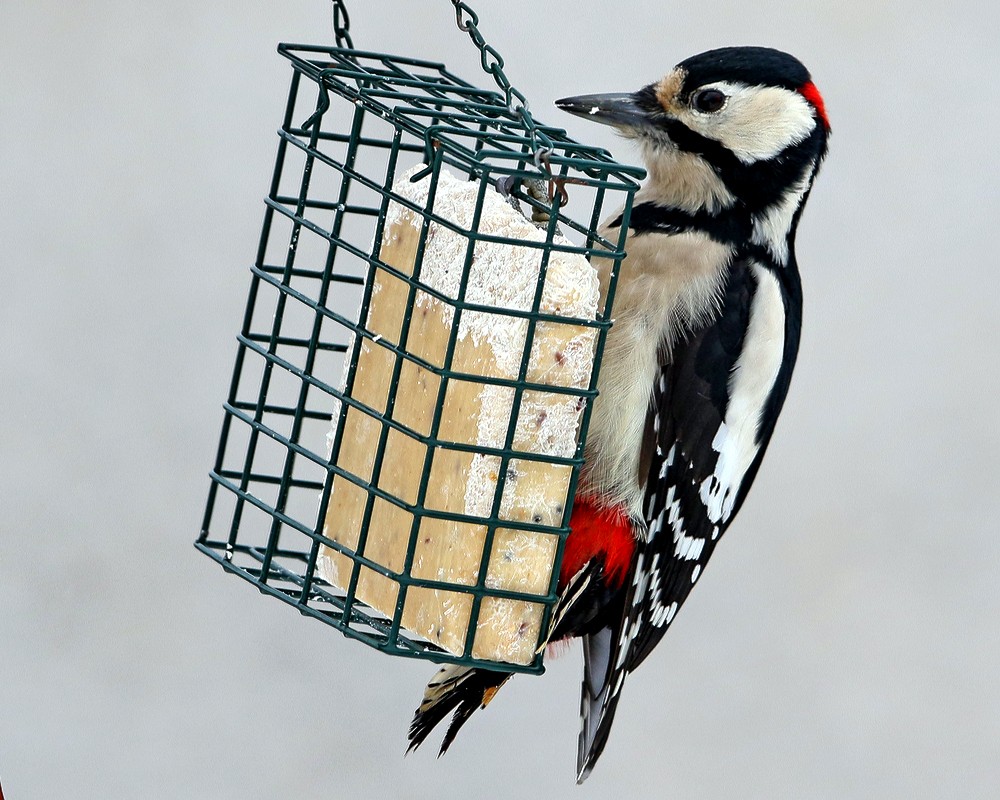Blue Tits and Woodpeckers
Published: 22 February 2021
At times this winter the bird-life in some gardens has been more in keeping with the Scottish mainland than Shetland. Last October saw the biggest influx of Blue Tits into Shetland in living memory. Along with these came a fair few Great Tits and the occasional Great Spotted Woodpecker too. These birds originate from the forests of Scandinavia and are not used to the luxuries provided by people in their garden bird-feeders. So, it took a few weeks for these tits to cotton on to these ready-made food supplies. But once they did, they were quick to take advantage of them and become regular visitors to some gardens. Big influxes or irruptions typically occur when the population in Scandinavia, or farther east, is high, perhaps after one or more good breeding seasons, and food supply becomes short often due to a failure of a cone or seed crop; the failure of beech mast is commonly associated with irruptions of Blue Tits. The birds then disperse typically in a southerly or westerly direction in search of new food sources. Their behaviour can often be excitable and downright bizarre when irruptions are underway and in past irruptions on the mainland they have been known to peck putty out of windows and strip wallpaper off the inside of houses. The latter is perhaps not so strange considering that tits will often strip bark off trees to search for invertebrates.
Although we know that hundreds of Blue Tits arrived in Shetland in September and October we don’t know how many have remained to winter here so if anyone has had Blue or Great Tits, or woodpeckers visiting their garden in recent weeks we’d like to hear from you. It would be even more exciting, albeit very unlikely, if any remained to become the first ever to breed in Shetland.

Record numbers of Blue Tits visited Shetland last autumn and several of these were wearing Norwegian rings indicating their likely origins. Many were very approachable and had perhaps never seen humans before.

A handful of woodpeckers arrived in Shetland too. They rarely remain over winter but this male (told by the red patch on his nape) has been around Nesbister for a while. Although enjoying a fat ball here, this male has also been busy tearing bark off trees in its quest for invertebrates that spend some of their lifecycle under the bark.
Paul Harvey, Natural Heritage Officer
We hope you have enjoyed this blog.  We rely on the generous support of our funders and supporters to continue our work on behalf of Shetland. Everything we do is about caring for Shetland's outstanding natural and cultural heritage on behalf of the community and for future generations. Donations are welcomed and are essential to our work.
We rely on the generous support of our funders and supporters to continue our work on behalf of Shetland. Everything we do is about caring for Shetland's outstanding natural and cultural heritage on behalf of the community and for future generations. Donations are welcomed and are essential to our work.

